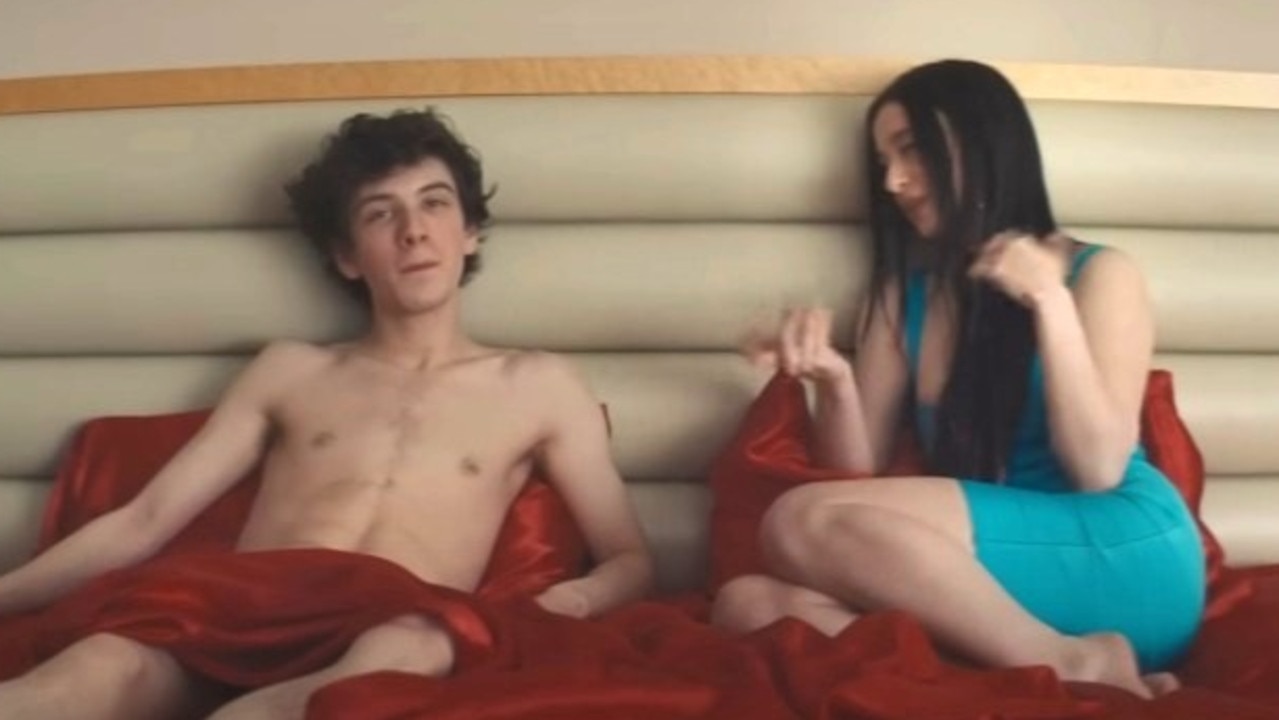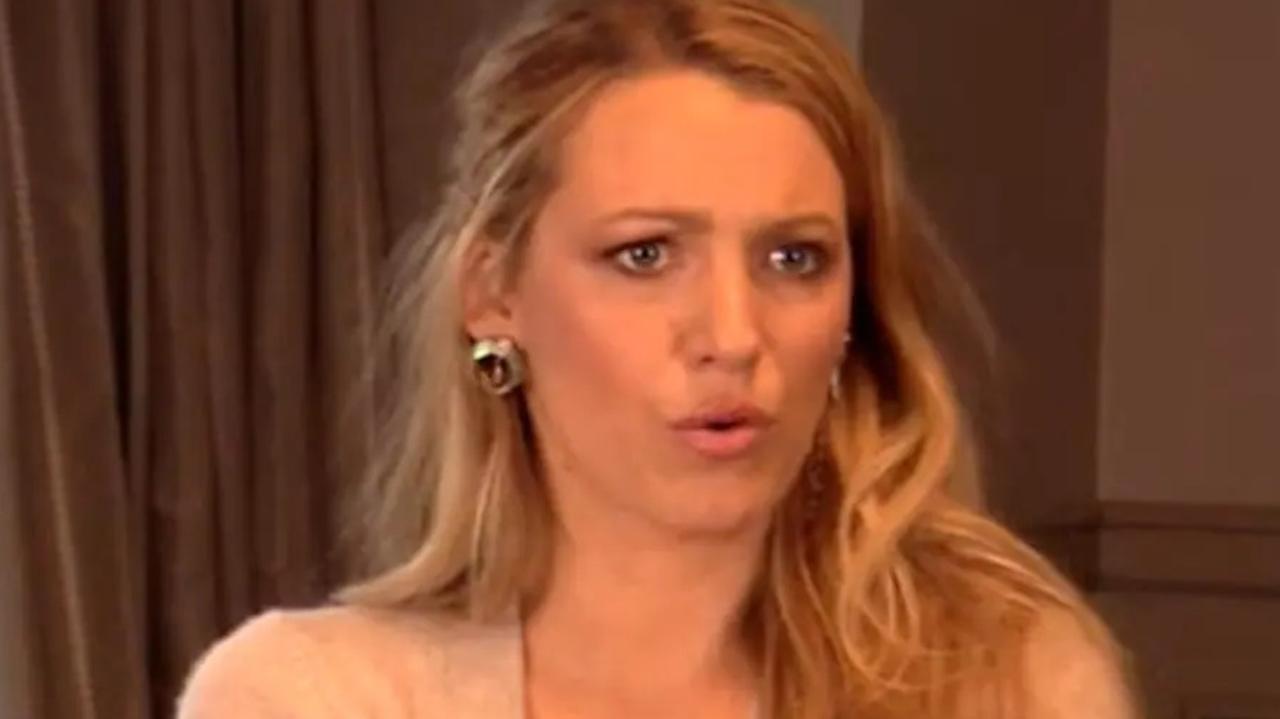Big Read: The Monuments Men tells the true story of an unlikely bunch of soldiers who saved Europe’s art from Hitler
THE heroism of a group of art experts who signed up during WWII to protect European art treasures was close to being a historical asterisk. Until George Clooney came along.
THEY were unlikely soldiers.
The small band of middle-aged art experts, artists, educators and architects who signed up during World War II to join President Franklin Delano Roosevelt’s program to protect and secure European art treasures were on a mission to find the paintings, sculptures and cultural touchstones stolen by the Nazis for their art-obsessed Fuhrer.
Their phenomenal success and heroism were so little known that they were close to being a historical asterisk. Instead, their story is now a feature-length motion picture, The Monuments Men.
The movie, directed by and starring George Clooney, who also shares screenwriting and producer credits, drew an A-list cast, including Matt Damon, Cate Blanchett, Bill Murray, John Goodman, French actor Jean Dujardin and British actor Hugh Bonneville — the star of Downton Abbey. Clooney, Damon, Blanchett and Dujardin are all Oscar winners.
But the real force behind the story isn’t Clooney or any of the heavyweight Hollywood talent; it’s Robert M. Edsel of Dallas.
The movie is based on his book, The Monuments Men: Allied Heroes, Nazi Thieves and the Greatest Treasure Hunt in History.
He is, as he often acknowledges, an unlikely champion.
Edsel was a former professional tennis player and successful oil and gas executive, but no art historian. After selling his energy company, he moved his family to Europe in the mid-1990s for the experience. But soon he became passionate about the art around him and how it had survived the war.
The result was a single-minded pursuit to learn how the men and women of the program, known as the Monuments, Fine Arts and Archives section of the Civil Affairs and Military Government Sections of the Western Allied Armies, rescued 5 million pieces of art: centuries of culture produced by Da Vinci, Michelangelo, Vermeer, Rembrandt, Renoir and others.
Jewels of the art world were found hidden in salt mines and even in castles; they had been taken from the walls of museums and from the homes of collectors, many of them Jewish.
In an interview, the dapper, 57-year-old Edsel, tall and slender with a mane of distinctive white hair that he keeps unfashionably long, recalled that he stumbled across the back story of the obscure art protectors while living in Florence.
“I was crossing the Ponte Vecchio, the only bridge in Florence that wasn’t destroyed in the war, and I wondered, ‘How did so many works of art survive?’” he said in an interview, recalling the moment back in 1997 as he crossed the medieval span over the Arno River.
The answer came over the ensuing years, and at a steep personal financial cost.
“We passed $1 million a long time ago,’’ said the very driven, very intense Edsel.
He has written three books about the Nazi art rescue; co-produced a documentary, The Rape of Europa; created the Monuments Men Foundation, which helps repatriate recovered art and advocates for congressional recognition of the Monuments Men legacy; and consulted on the movie based on his book.
He began by looking for photographs of the historic discoveries made by the Monuments Men by researching files in the labyrinth of the National Archives’ facility in College Park, Maryland. It stores every aspect of US history, including war records.
Now he is hanging around with movie stars.
“There are ‘pinch-me’ moments every day during this process,’’ he said.
Edsel was at the film’s gala New York City premiere, then off to Europe for a screening at the Berlin International Film Festival with, as he puts it, “George and Matt and whoever else is going,’’ followed by stops in various European cities.
Accompanying the group will be Harry Ettlinger, 88, of New Jersey. He is one of only five Monuments Men — four American men and one British woman — still living out of a force of 345 men and women from 13 countries. Crucial to the effort were the 120 Americans who helped locate and repatriate the stolen art.
Many returned to the US to careers in museums and the arts and were very elderly by the time Edsel found them. But he was able to interview 17 of them — 15 men and two women — before a dozen passed away.
The Monuments Men book focuses on the rescue efforts in France, Germany and Austria. A more recent Edsel book, Saving Italy: The Race to Rescue a Nation’s Treasures from the Nazis, is about the rescue of art in cities such as Florence and Milan.
The fear of losing cultural history extended to the US. In January 1941, the then brand new National Gallery of Art in Washington, concerned about its own collections during the war, sent 62 paintings and 17 sculptures for safekeeping to the Biltmore Estate in Asheville, North Carolina, once the home of George Vanderbilt, grandson of Gilded Age industrialist and philanthropist Cornelius Vanderbilt.
Edsel screened the film at the National Archives in Washington last week.
The audience included Lynda Bird Johnson Robb, daughter of former President Lyndon Johnson, and her husband, Chuck Robb, a former Virginia governor and US senator. Edsel co-hosted a screening the night before in the US Capitol’s new auditorium with Texas Repuplican. Kay Granger, one of his earliest supporters, who is leading an effort to honour the Monuments Men with the Congressional Gold Medal, the nation’s highest civilian honour.
“These men and women were asked to do a remarkable thing by going into harm’s way to save and return stolen works of art and other cultural items,’’ Granger told McClatchy. “It used to be that ‘to the victor goes the spoils,’ but the Monuments Men made sure that European art and cultural history wasn’t lost to the hands of Hitler and the destruction caused by the war.’’
Coincidence or not, the screenwriters used her name for Damon’s character — “James Granger’’ - in the movie.
The movie changes the names of the real-life characters and fictionalises a few scenes.
“It’s a dramatic retelling of the story,’’ Edsel quoted Clooney as saying, adding that the actor/director/screenwriter/producer wanted the characters to have “flaws.’’
“The film faithfully follows the overriding principles of the story,’’ said Edsel. “Those scenes that seemed hardest to believe actually happened.’’
The movie begins as Clooney’s character, Frank Stokes, based on art conservationist Lt. George Stout, makes the case to FDR after Pearl Harbor forced the US into the war in 1941 to create an art corps to be part of the American forces entering Europe. As it unfolds, the film becomes equal parts historical documentary, buddy vehicle and action movie as it relates what the Monuments Men had to do to find the artworks that the Nazis had seized and hidden away.
An engaging moment in the film — one of those hard-to-believe scenes that really happened — comes when the character played by John Goodman has a toothache and has to visit a local dentist in Trier, Germany. The dentist, learning of the Americans’ mission, takes them to meet his son-in-law, an art scholar who, it turns out, stole some works from Paris when he was in the SS, the elite Nazi corps that reported directly to Adolf Hitler.
The son-in-law tells the team that stolen French art was secretly stored in Austria’s Altaussee salt mines. The art was destined for Linz, Hitler’s Austrian hometown where the Fuhrer, who had studied art, planned a grand museum complex where all the looted treasures would be displayed in honour of the Third Reich.
Once the Monuments Men blasted their way into the mine, closed by fleeing Germans, they found 6,000 paintings alone, stored there to protect them from moisture. The movie focuses on the rescue of two seminal pieces both originally in Belgium — Michelangelo’s “Bruges Madonna,’’ a delicate marble sculpture of Madonna and child, and Jan van Eyck’s Ghent Altarpiece, an enormous 12-panel Early Flemish masterpiece. The Monuments Men found both pieces in the Altaussee mine.
The film raises moral questions about whether rescuing art is worth a human life. Edsel said that Monuments Man Deane Keller, who returned after the war to teach at Yale University for 40 years, believed “that no work of art was worth the life of a single boy.’’
But Edsel — as well as the Clooney character in the film — disagrees.
“Is it worth fighting to preserve art in our culture?’’ Edsel asked. “Yes.’’
The Monuments Men will be released in Australia on March 13.



